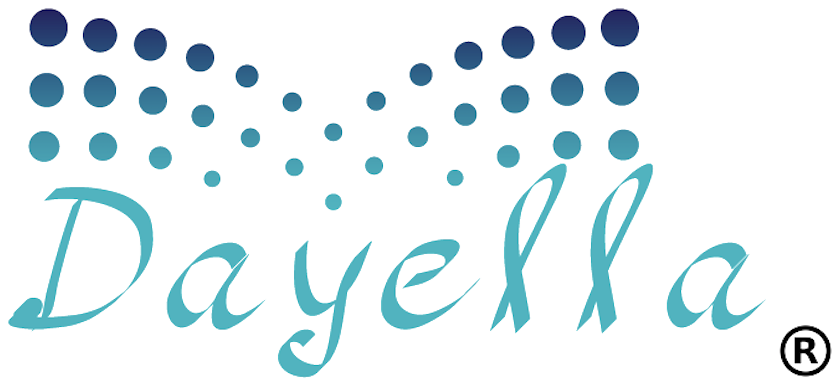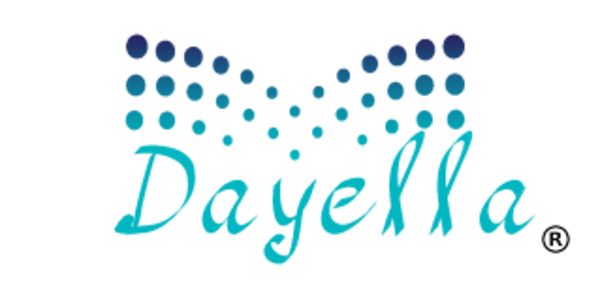AS MULTI-CHANNEL MARKETING CONTINUES DELIVERING UNPRECEDENTED ROI TO COMPANIES, MORE DOLLARS ARE GOING INTO MARKETING THAN EVER BEFORE.
According to a recent CMO Survey, the average business now spends 11% of its total company budget on marketing. For some SaaS companies in rapid growth mode, sales and marketing spending is upwards of 50% of revenue (Source: Jeanne DeWitt, Head of North America, Revenue & Growth, Stripe).
But the process of creating a comprehensive multi-channel budget and assembling the cost to execute day to day still remains difficult for many marketers, CEOs and CFOs.
They may toil over whether the budget is too much or too little relative to their revenue and growth attainment goals; if their marketing budget is properly allocated to different marketing, sales and technology needs; and how to best execute and run an integrated marketing plan using internal headcount versus external talent.
When setting your marketing+tech budget, it’s important not to short-change your business. Investing the right amount, aligned to the growth objectives – and in the right team – will help you get off the ground and sustain the necessary multi-channel marketing programs that will take your brand to the next level.
UNDERSTANDING THE MARKETING+TECH LANDSCAPE
Today, marketers have more channels, choices, opportunities, vendors and techniques than ever before.
What should be considered a plethora of available channels to reach one’s targeted prospects and buyers can be confusing, complex and daunting. Where do you start? What tactics and channels are right for your company? Should they be staged or launched all at once?
Navigating these choices is where Dayella Limited can help to sort through the clutter and find the right combination of marketing channels, techniques, messages and delivery systems.
As you develop an integrated marketing budget, it’s not about a series of disparate tactics employed occasionally as experiments to see if they deliver a return within a short run or a single placement. Rather, your investments should map to your strategic objectives and provide a comprehensive, multi-channel approach that encompasses the right mix of relevant and targeted channels – including strategy, brand, SEO, content, data, systems and social. Undoubtedly, an integrated approach will be higher than a bare-bones budget with only enough for a few ad hoc projects.
However, the difference in ROI is drastic. According to Gartner research, integrated marketing campaigns across 4+ channels outperform single or dual-channel campaigns by 300%.
Meanwhile, piecemeal marketing can lead to a vicious cycle that eats away at your budget. Since your marketing wasn’t optimized across all platforms, the ROI is much lower. As a result, company leadership may lose faith in marketing and allocate even less budget.
The end result is a barely functional marketing program that doesn’t benefit your bottom line.
ALIGNING YOUR BUDGET TO A MYRIAD OF FACTORS & GROWTH GOALS
Everything starts with your company’s desired growth trajectory in the form of defined and measurable KPIs.
KPIs should map to the various stages of the customer journey, which may include: awareness and education, inquiry and enablement, conversion and acquisition, retention, utilization, satisfaction and upsell.
There is no hard and fast rule when it comes to marketing budgets. Every company is unique and as such requires a budget that is specific to their markets, desired revenue targets, industry, competitors and company stage.
It’s always helpful to see what other companies are doing. And, in general, they are increasing their marketing budgets. In particular, there has been a major spike in dollars spent on marketing technology. Marketers are currently allocating 29% of their budgets to martech versus 24% for paying internal staff.
Looking at competitors in your specific industry is even more illuminating, as marketing budgets vary greatly by sector. According to the CMO Survey, consumer packaged goods companies allocate the largest percentage of their budget to marketing (25%), followed by consumer services, software tech/biotech, and communications/media.
BREAKING DOWN THE INTEGRATED MARKETING BUDGET
While the specifics vary by each industry and brand, your integrated marketing budget is generally divided into three major brackets:
1. Talent: the marketing experts, either internal staff, external agencies, or a combination of both, who will drive you marketing programs
2. Tools: the martech systems, platforms and tools that will serve as the foundation or infrastructure to scale your company’s growth and automate business processes
3. Advertising: the paid channels required to expose and distribute your messaging and value proposition to your targets markets and prospective customers (and how wide or narrow those markets are)
Although advertising costs and martech tools are usually accounted for in marketing budgets, talent often isn’t. Less than half of the companies in the CMO Survey included expenses for marketing employees in their budgets.
And that isn’t something that can be ignored. Because the costs of a full internal marketing staff can more than double your budget.
WEIGHING THE PROS AND CONS OF ASSEMBLING INTERNAL VS. EXTERNAL RESOURCES
Companies traditionally hired an internal marketing team and outsourced one or two functions like ad creative or market research. But to compete in today’s complex digital marketing environment, the number of experts you need on your internal team to execute across more than 20 channels – and the salaries and benefits required to have a multi-channel staff of marketing+tech experts – continues to grow.
Businesses now need experts in SEO, PPC, web development, content marketing, graphic design, social media, email marketing, digital advertising, PR, event management, and marketing automation tools, among others. And the CMO-level marketing executive talent, knowledge and expertise to pull all of the disparate pieces and parts together into a successful integrated marketing program.
It can be prohibitively expensive to hire a full team of in-house mar+tech experts.
On the other hand, some companies go in the opposite direction. They hire several agencies – a digital advertising firm, branding agency, search engine optimization specialists – to each perform functionally oriented tasks in the marketing channel mix.
When multiple external partners are working on the same project, strategies are likely to compete – not only reducing marketing effectiveness but also quickly driving up costs.
These days, assembling the right marketing resources can feel like a no-win situation. That’s why Dayella Limited is offering a new integrated, approach to executing multi-channel marketing+tech programs: dedicated, on-demand marketing teams.
INTRODUCING THE ON-DEMAND MARKETING MODEL
On-demand marketing makes it possible to eliminate inefficiencies and eliminate the marketing silos holding companies back from reaching the full potential of integrated marketing.
How?
An on-demand marketing agency acts as a single source of marketing expertise and execution across all marketing + tech channels. The disparate marketing agencies, contractors and freelancers your business works with are instead replaced with one, dedicated team that is singularly accountable for driving multi-channel results.
At Dayella Limited, our global team of martech experts are assembled ‘on demand.’ This allows us to scale our teams up and down depending on clients’ needs giving them maximum flexibility in managing growth, resources and headcount costs.
So when a start-up needs a full team of marketing experts to launch a complex strategy including a new name and brand identity, a web site, a social media programs, outbound and inbound marketing programs, etc., our organization can quickly scale up with certified, vetted marketing+tech experts.
After the initial launch of the new company, product or service line, we then evaluate the makeup of our team to move resources critical to the initial launch off of the account and refine the core experts necessary to maintain and optimize the ongoing demand generation programs and service our client’s continuous marketing+tech needs.
This agile method of scaling marketing+tech resources also gives us the flexibility to work to the strengths and/or weaknesses of your existing organization in complimenting their skill sets and filling in where it makes more sense financially to leverage fractional talent and teams.
Our clients see major cost savings when using Dayella Limited as an on demand marketing partner. For example, a fast-growing venture-funded start-up focused in the behavioral healthcare market evaluated bringing on a full time IT professional to serve as a webmaster and manage their web infrastructure – but the company recognized they did not have enough work to substantiate a full-time position.
Rather than hiring a senior full stack web developer that would cost up to $166,000 in total annual compensation the client worked on a fractional basis with a dedicated Dayella Limited’ senior full stack web developer to work on the tasks needed by the company.
In the process, the client saved approximately $106,000 annually on this web development position alone using fractional talent on demand instead of full-time headcount. Spanning these cost savings across multiple functional positions within the marketing and tech departments, the company saved more than $1.5 million dollars per year in using fractional on demand martech talent vs. hiring full- time headcount.
Corporate inertia no longer has to eat away at your marketing budget.
With Dayella Limited as your on-demand marketing partner, we can develop a realistic, comprehensive budget for your business, then assemble a multi-channel team of experts when and where you need them.
Learn how our model can maximize your return on marketing investments.

Richard Choi

Growth Audit
Keywords
- #content
- #digital transformation
- #channels
- #business
- #marketing mix
- #multi-channel
- #martech
- #marketing
- #growth


